
Introducing Bell & Ross Unveils the BR-X3 Collection
Welcome to the hub of the horoloy

Favre-Leuba is a Swiss watch brand that has been producing timepieces since 1737, making it one of the oldest watch manufacturers in the world. The brand was founded by Abraham Favre in the village of Le Locle, in the canton of Neuchâtel, Switzerland.
In the early 1900s, the brand introduced its Bivouac watch, which was the first altimeter-equipped wristwatch. Favre-Leuba continued to innovate in the 1950s with the introduction of the Deep Blue, a diving watch that was water-resistant to a depth of 200 meters. In the 1960s, the brand introduced the Sea Chief, a diving watch with a depth rating of 300 meters, and the Bathy, a watch with a built-in depth gauge.
Favre-Leuba has also been involved in a number of expeditions and adventures, including the Swiss Everest Expedition in 1956, during which a member of the team wore a Favre-Leuba Bivouac watch to the summit of Mount Everest.
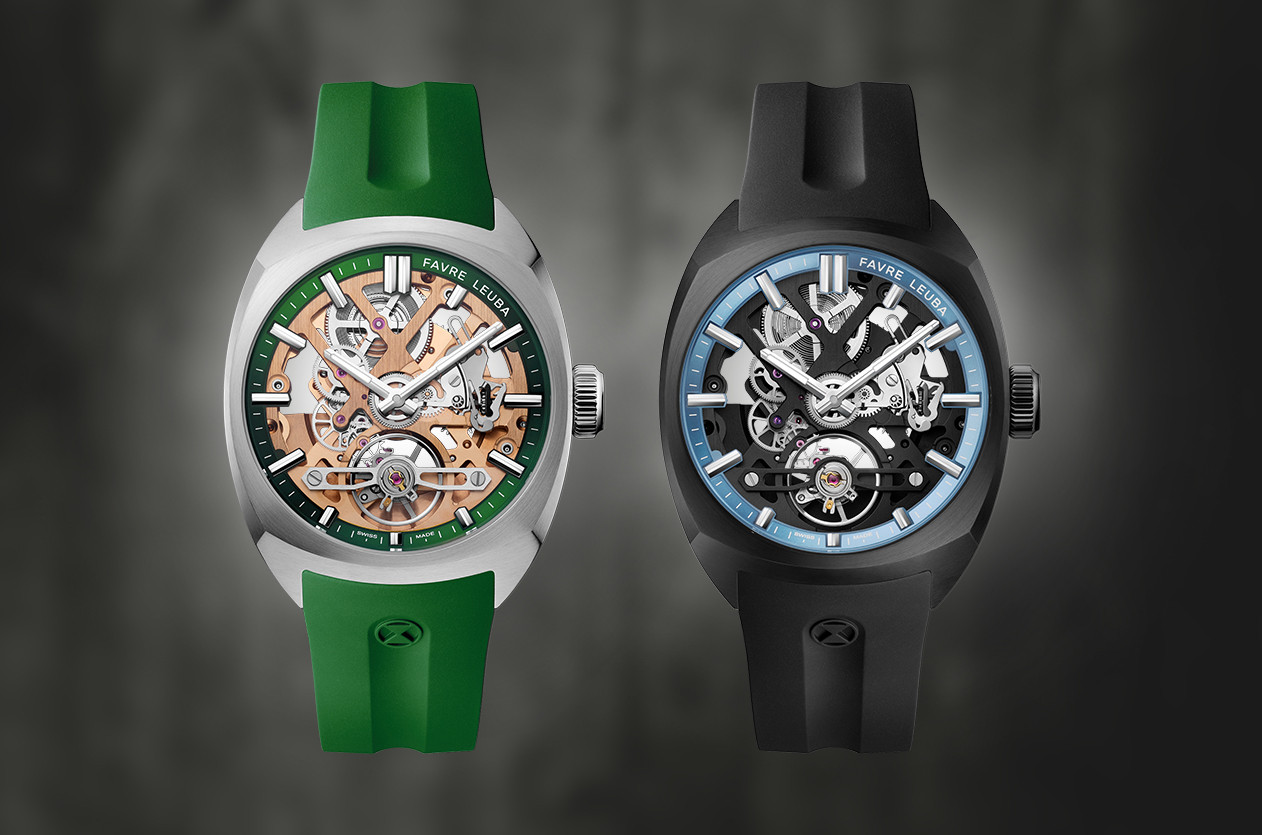
Introducing Favre Leuba Unveils the Chief Skeleton
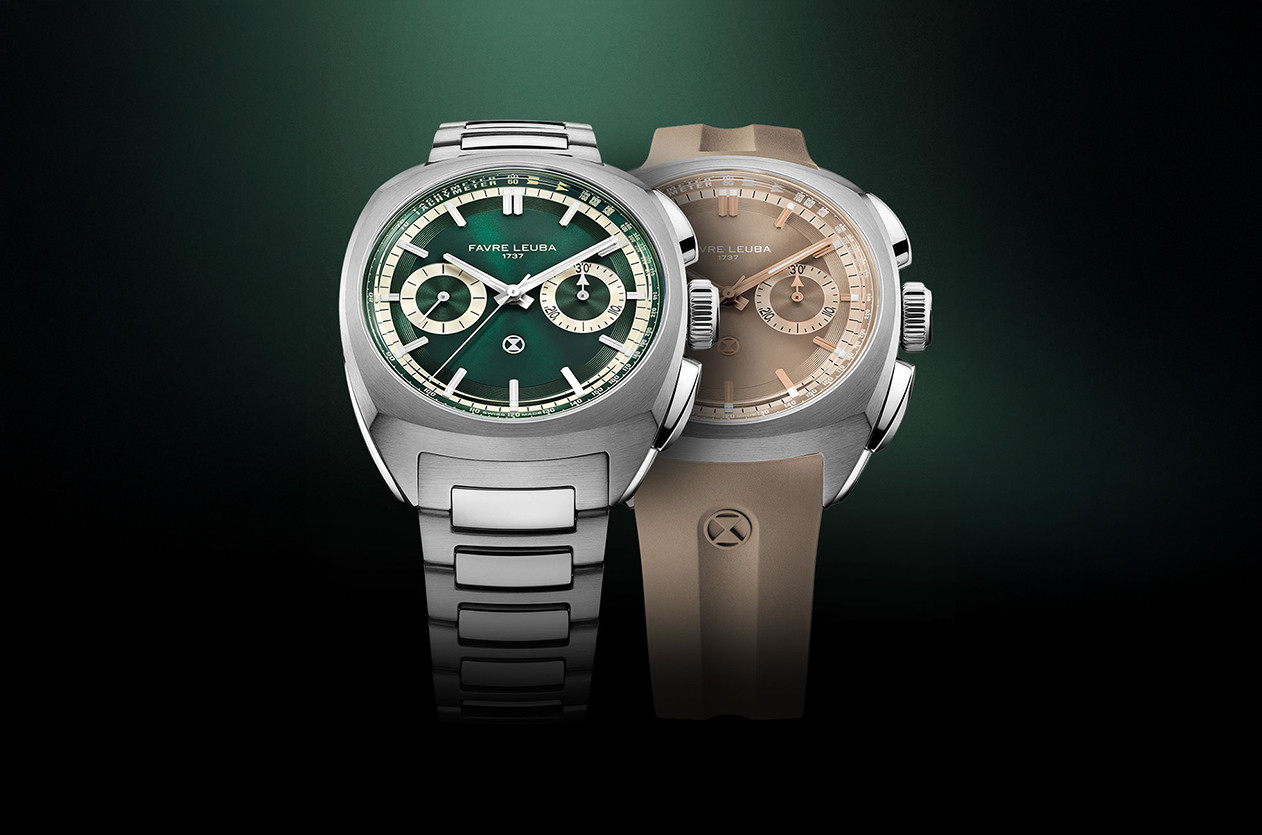
Introducing Favre Leuba Expands the Chief Chronograph Collection
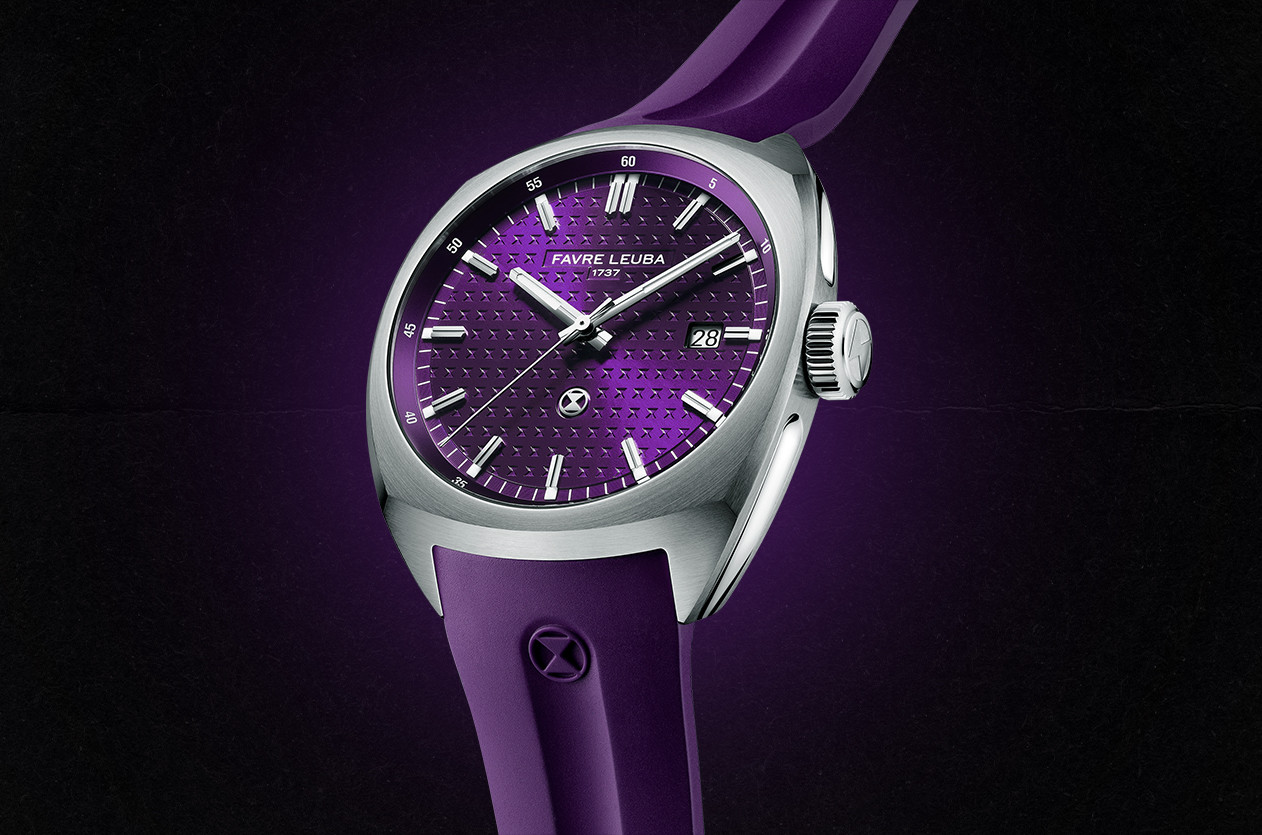
Introducing The New Favre Leuba Chief Date Royal Purple
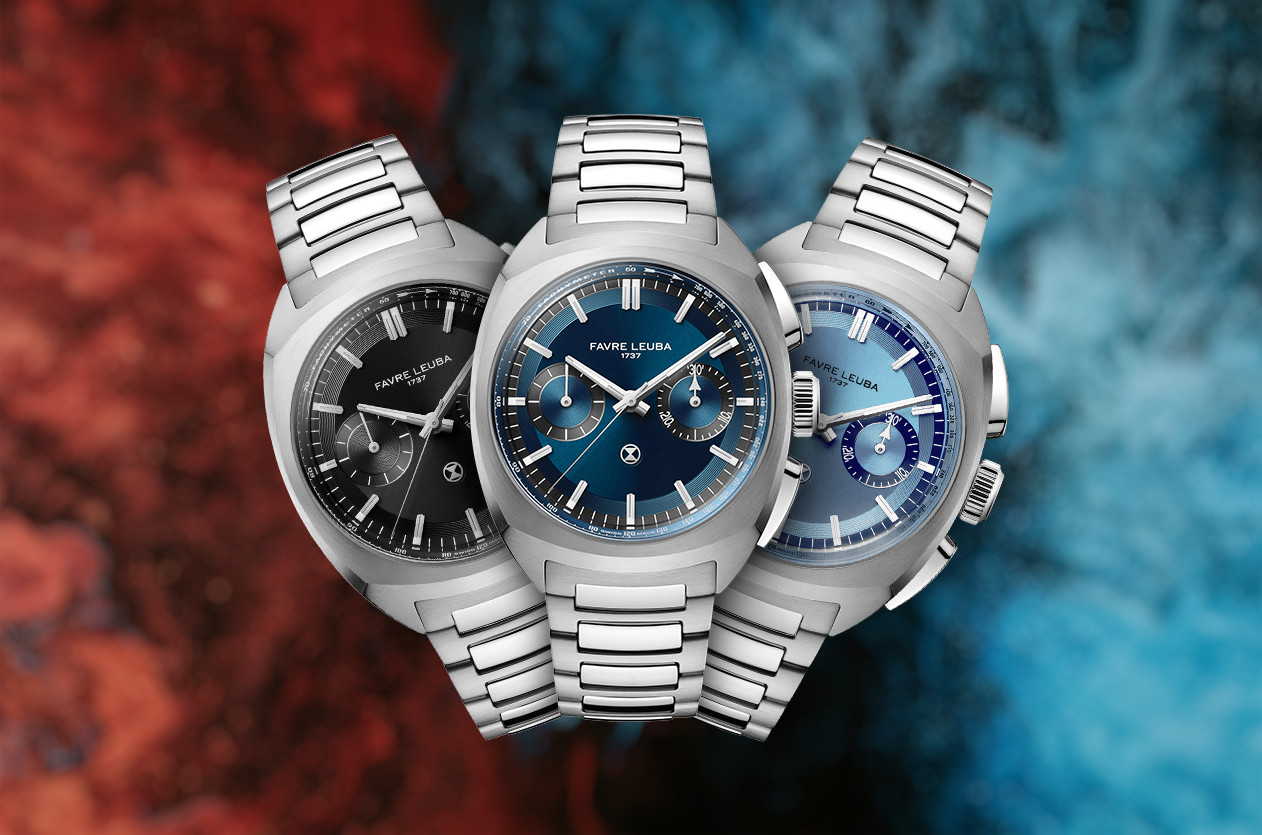
Introducing Favre Leuba Unveils the Chief Chronograph
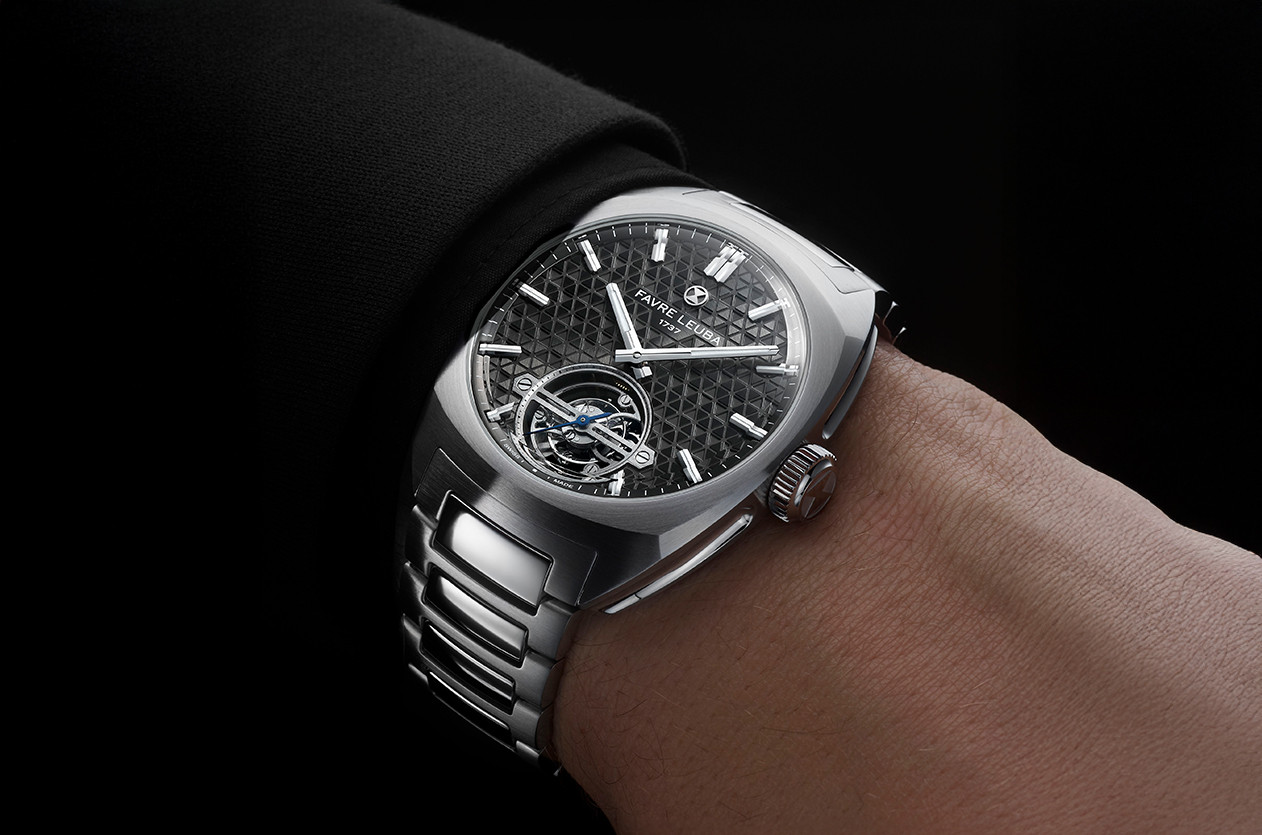
Introducing Favre Leuba Unveils Its First Tourbillon Watch
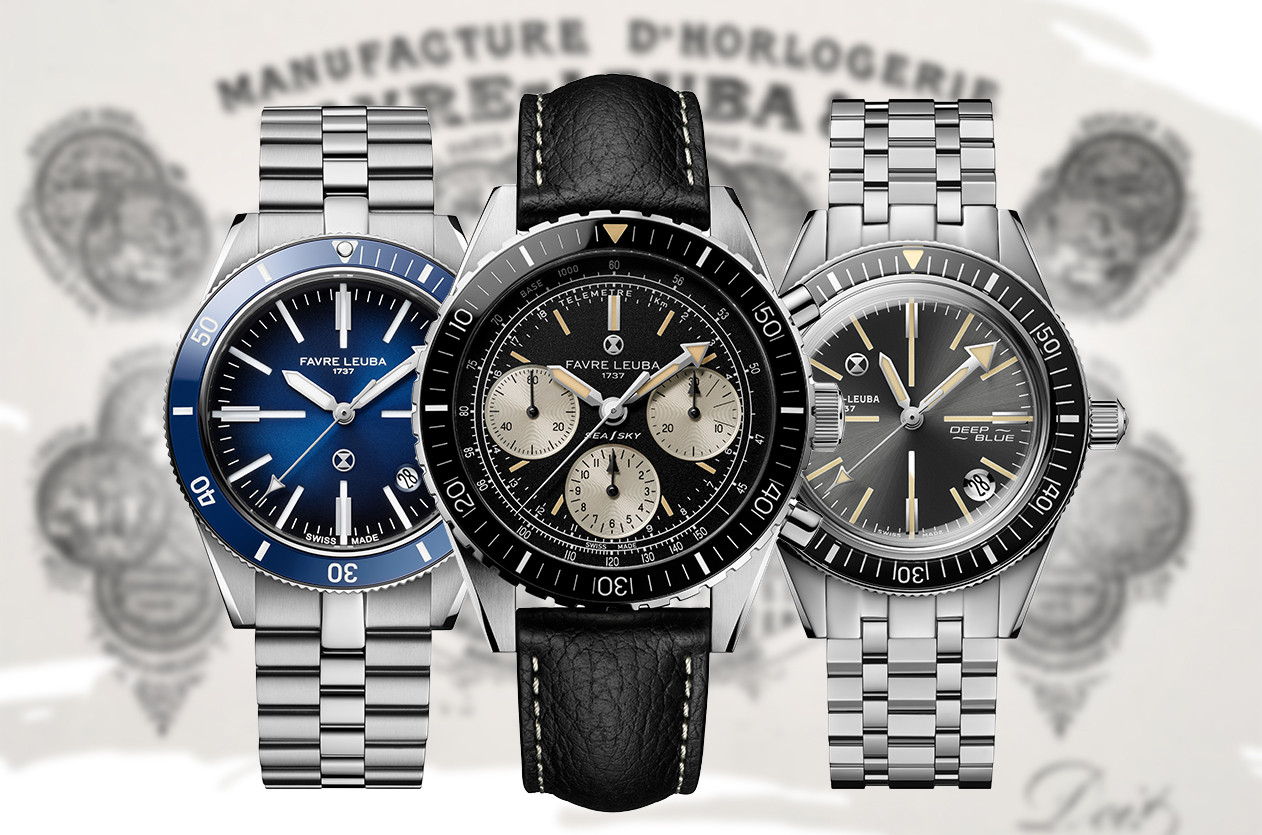
Introducing Favre Leuba’s Grand Comeback at Geneva Watch Days 2024

News Dubai Watch Week 2025 Will Be the Largest Ever with 90 Brands Participating
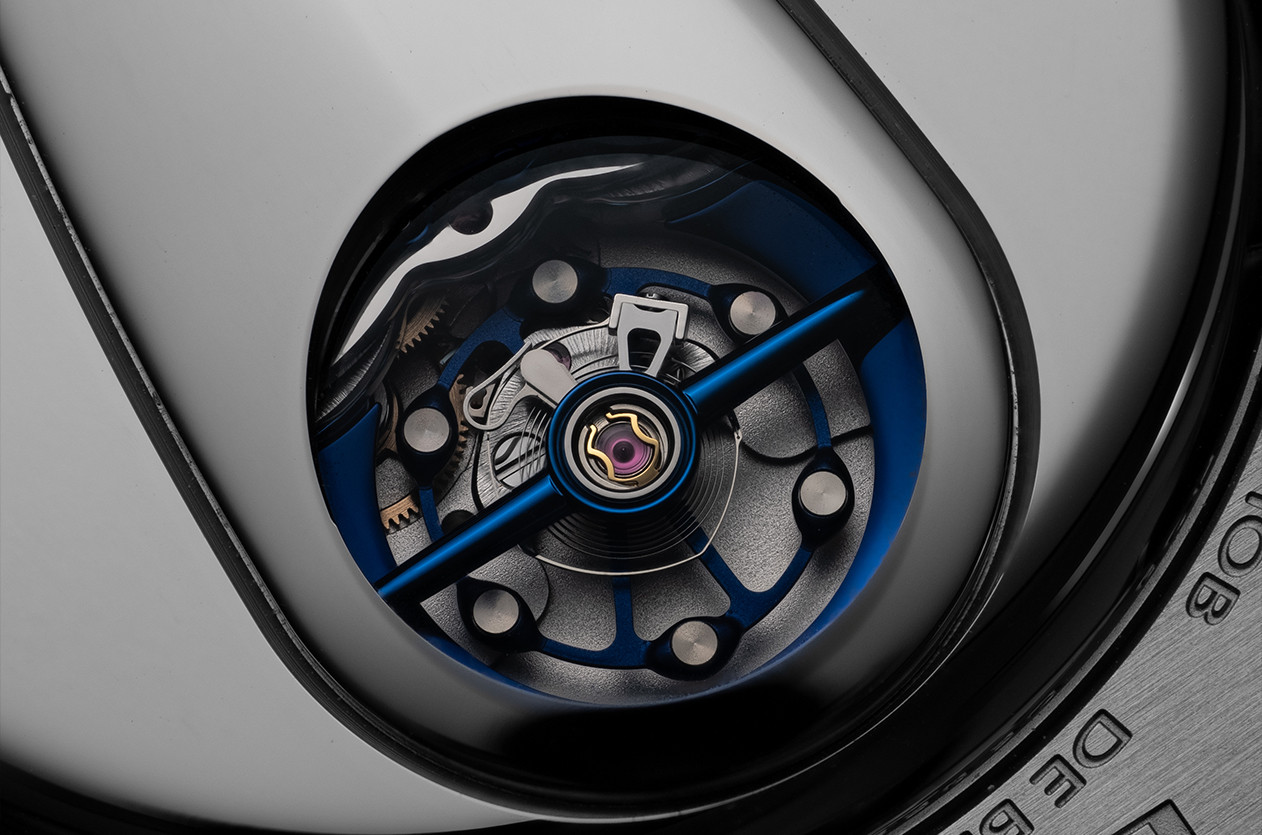
Technical The Frequency, Why It Matters in Mechanical Watches
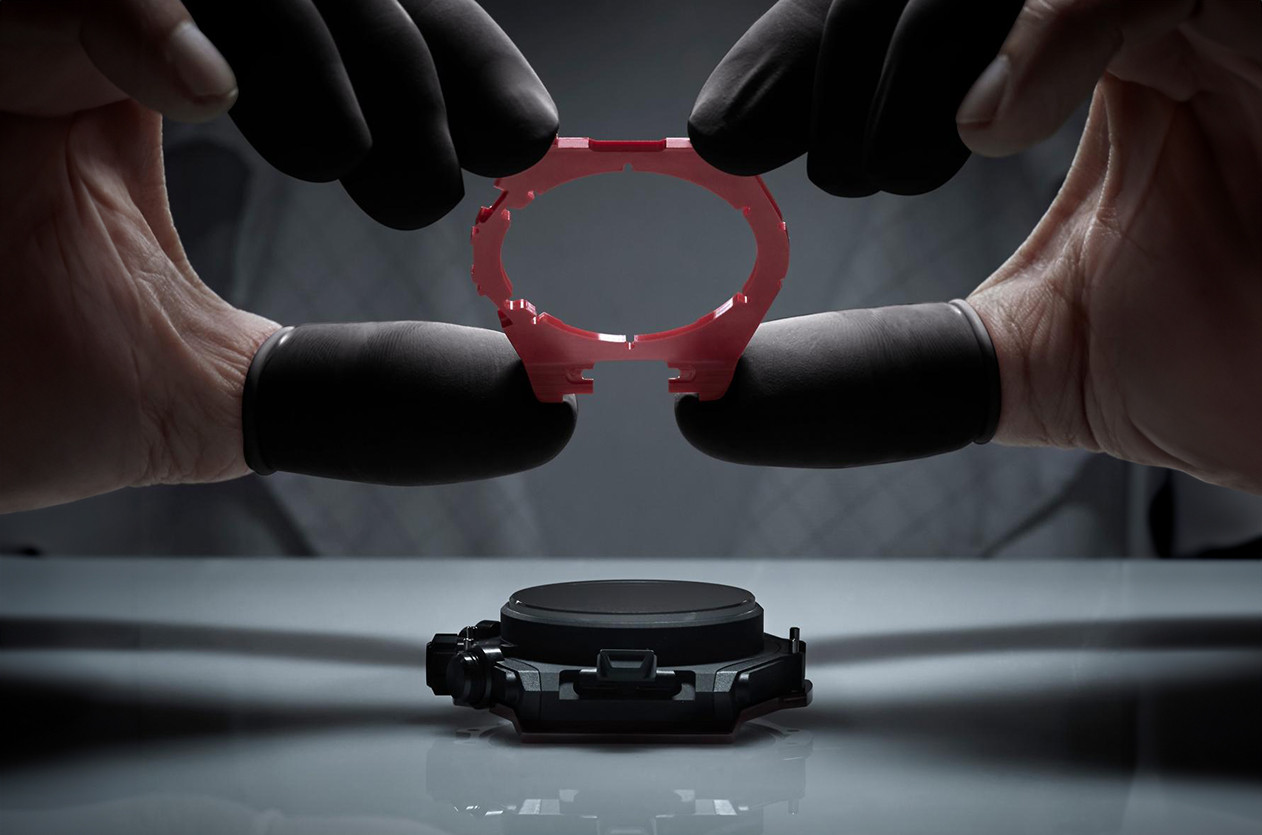
Editorial The Secrets of Watch Case Design
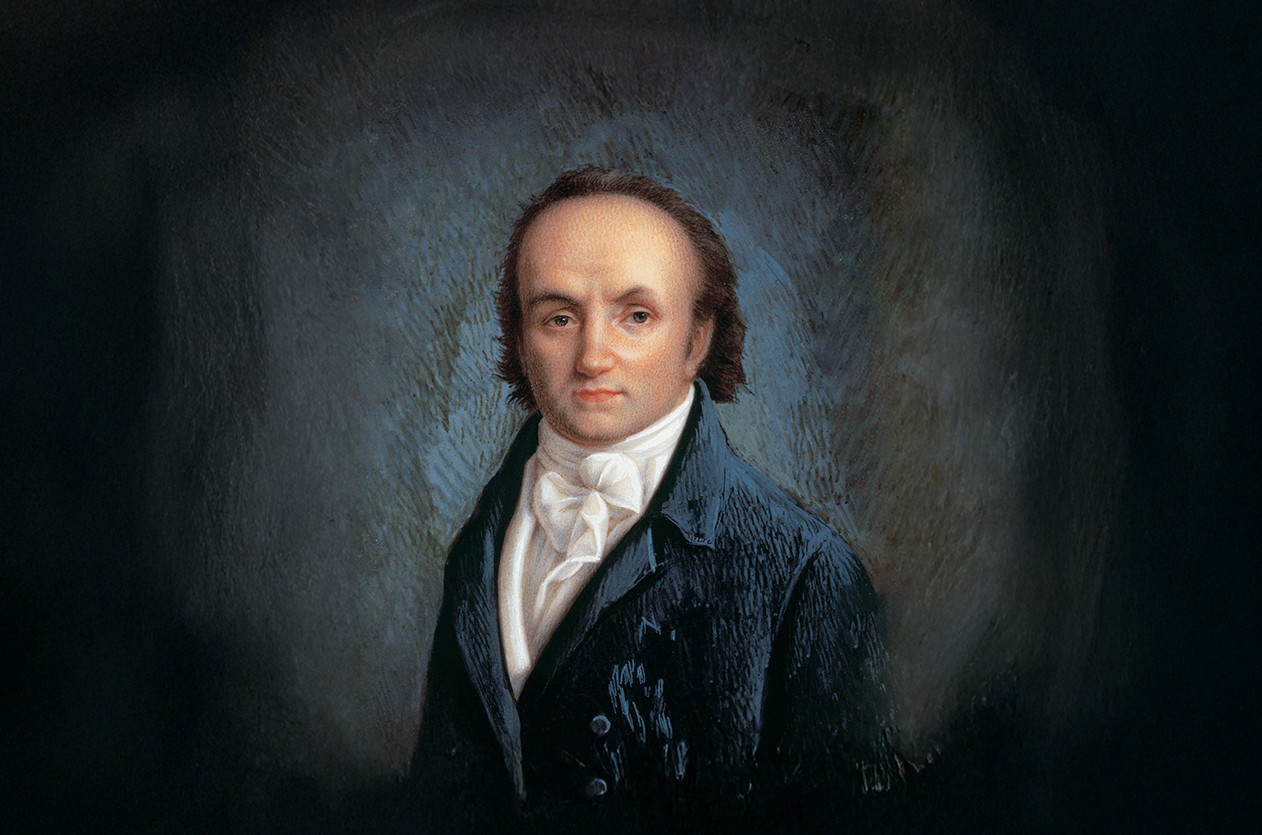
Editorial Abraham-Louis Breguet, The Father of Modern Horology
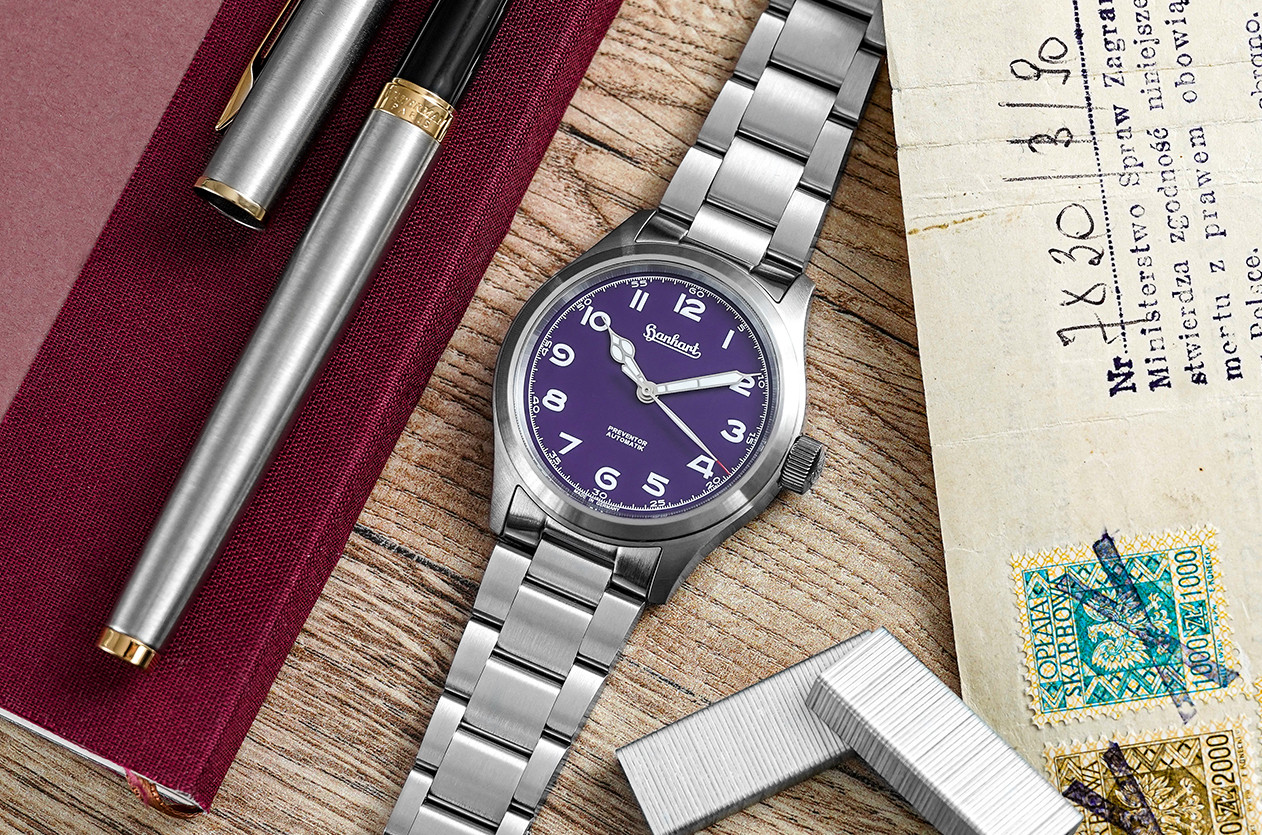
Introducing Hanhart Unveils the Limited Edition Preventor HD12 Silk Purple